Gallstones are small, hardened deposits that primarily form in your gallbladder and occasionally in the bile ducts. Located beneath your liver, the gallbladder is the primary site for these stones, which are composed of bile, a digestive fluid produced by your liver. These gallstones vary in size, ranging from minuscule ones, just a few millimeters across, to larger ones that can exceed 4-5 cm in diameter. In some instances, you might have a single stone, while at other times, multiple stones can be present.
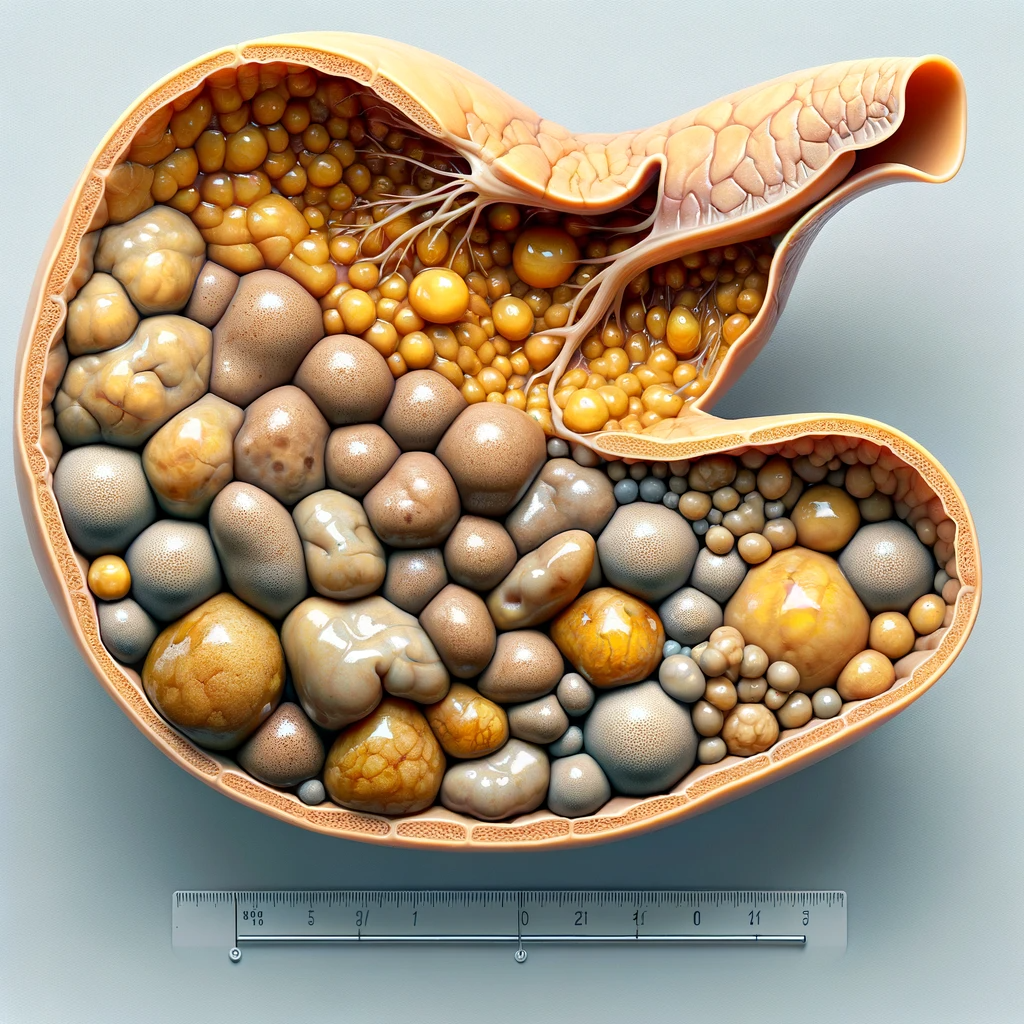
Short on time? 🕐 Save this image as a pin 📌 to revisit our blog post later. Don’t miss out on valuable insights!

What Causes Gallstones?
It’s unclear why gallstones form. Possible reasons include:- Too much bilirubin, a chemical from breaking down red blood cells (the stones look yellow)- Excess cholesterol in your bile (the stones are darker)- Incomplete emptying of the gallbladder
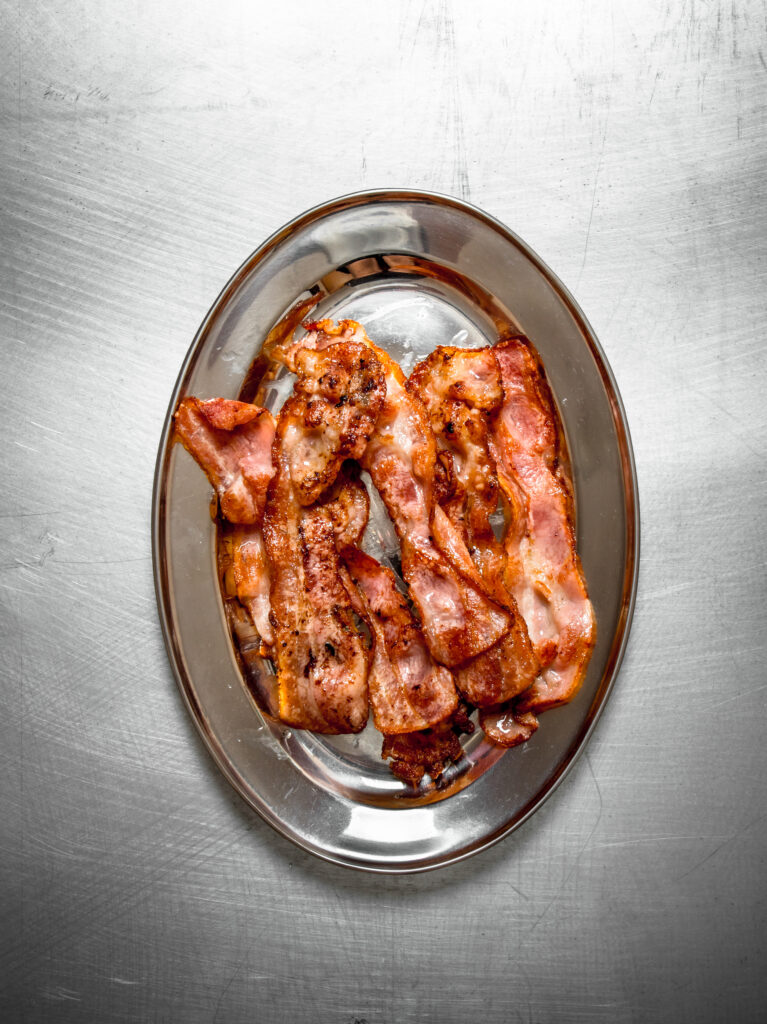

Risk Factors
Some things may increase your risk for gallstones, like:- Being female, over 40, or of certain ethnicities- Being a higher weight person, sedentary, or pregnant- Eating a diet high in fat and low in fiber- Rapid weight loss, diabetes, or liver disease- Taking estrogen-containing medications- Having diseases like sickle-cell anemia, leukemia, liver disease


What are the typical Symptoms?
Often, gallstones cause no trouble, but if they block a bile flow in the bile ducts or in the gallbladder, they can even cause life endangering situations.
You might feel:
- Sudden, intense pain in the upper right or center of your abdomen
- Pain between your shoulder blades or in your right shoulder
- Nausea or vomiting
- Other symptoms that can indicate more complications of gallstones
- Pain can last from a few minutes to hours. This is usually after eating fatty foods.
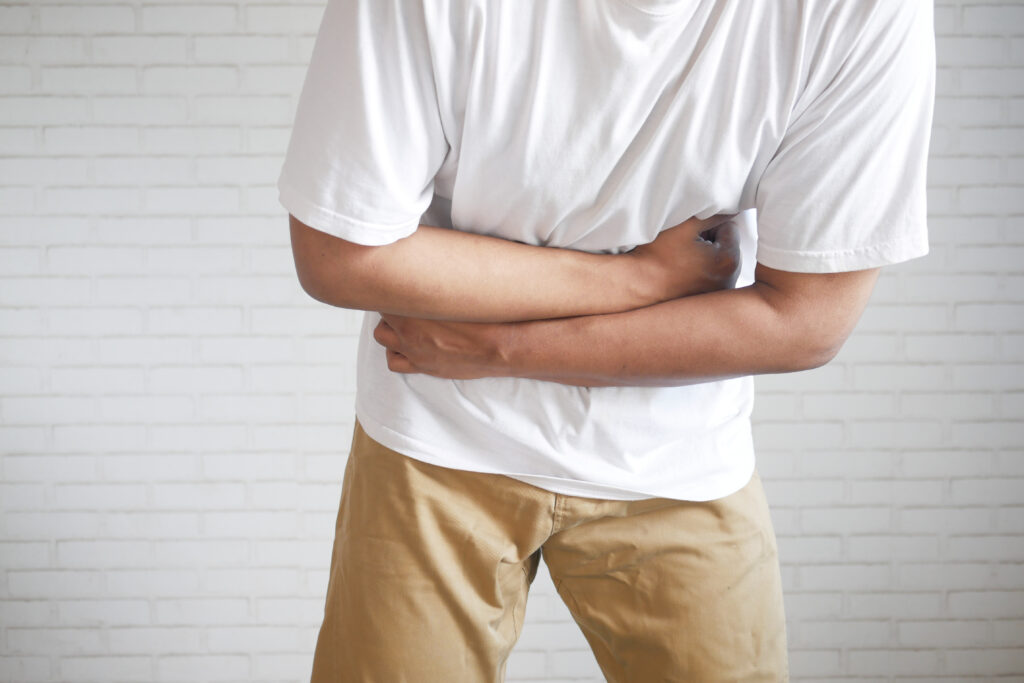
When to See a Doctor
Consult a doctor if you have any concerning symptoms. Seek immediate help if:
- The pain is unbearable
- You have a high fever with chills
- Your skin or eyes turn yellow (jaundice)
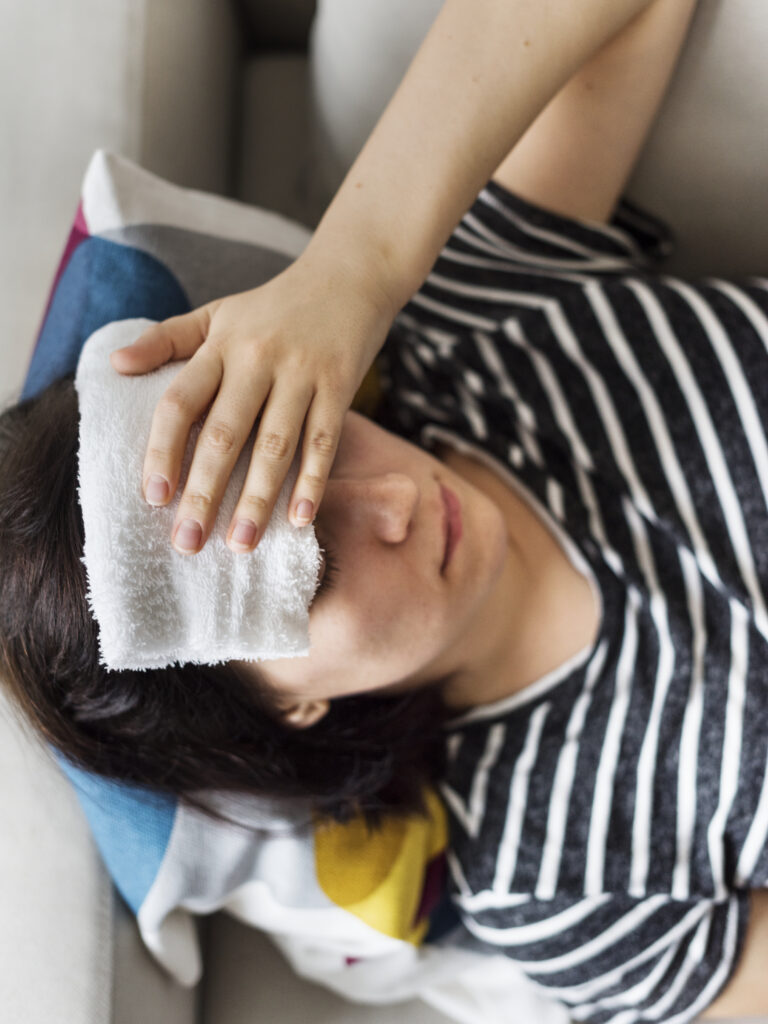


These signs suggest serious complications.
Gallstones can lead to:
- Inflamed gallbladder (cholecystitis), which can cause severe pain and fever
- Common Bile duct blockage or infection (cholangitis), with severe pain, fever and jaundice
- Pancreatic duct blockage with pancreatitis
- Rarely, gallbladder cancer
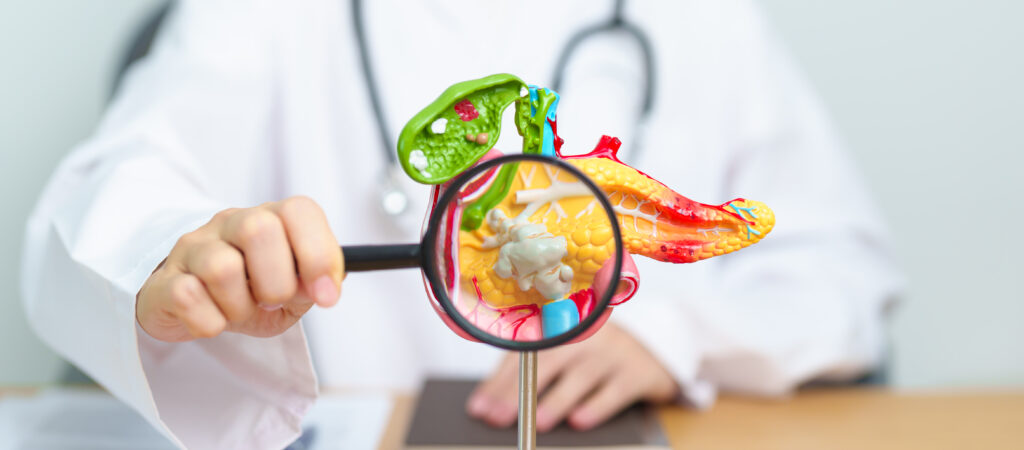
What can you do to lower the Risk for Gallstones?
- Include high-fiber in your diet
- Maintaining a healthy weight
- Lose weight gradually
- Eat regular and balanced meals

Diagnosis
We use ultrasounds, sometimes endoscopic ultrasound or other imaging tests (like CT, MR) for diagnosis of gallstones. If they are located in the bile ducts, a method called ERCP can be used for diagnosis and also as a therapy to remove them from the ducts. Lab tests are often used for checking infection, liver function, jaundice and other complications.
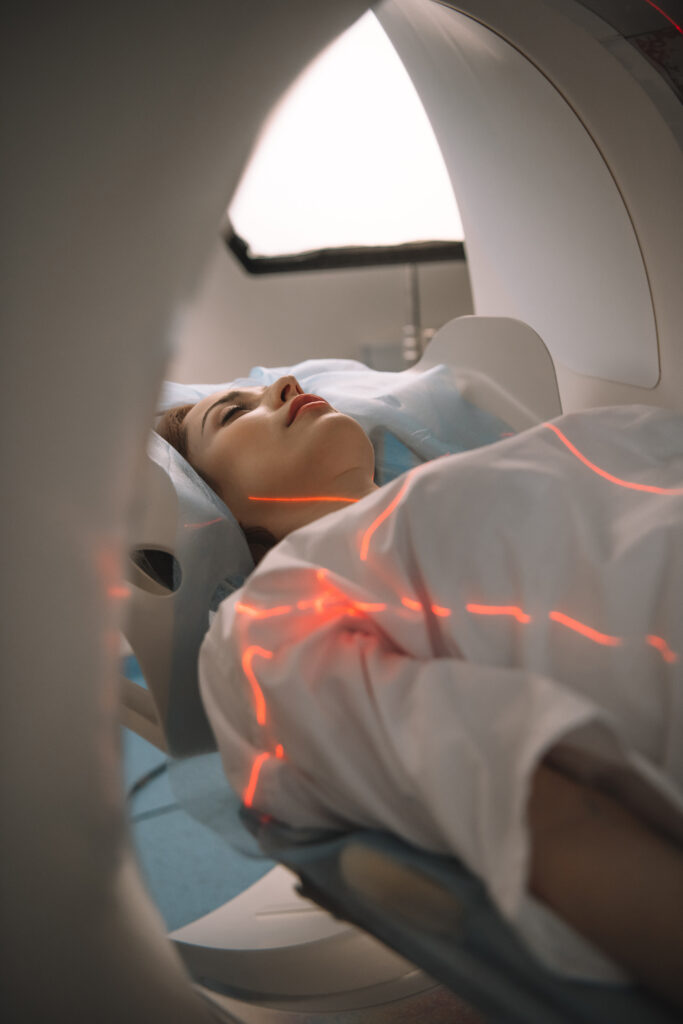
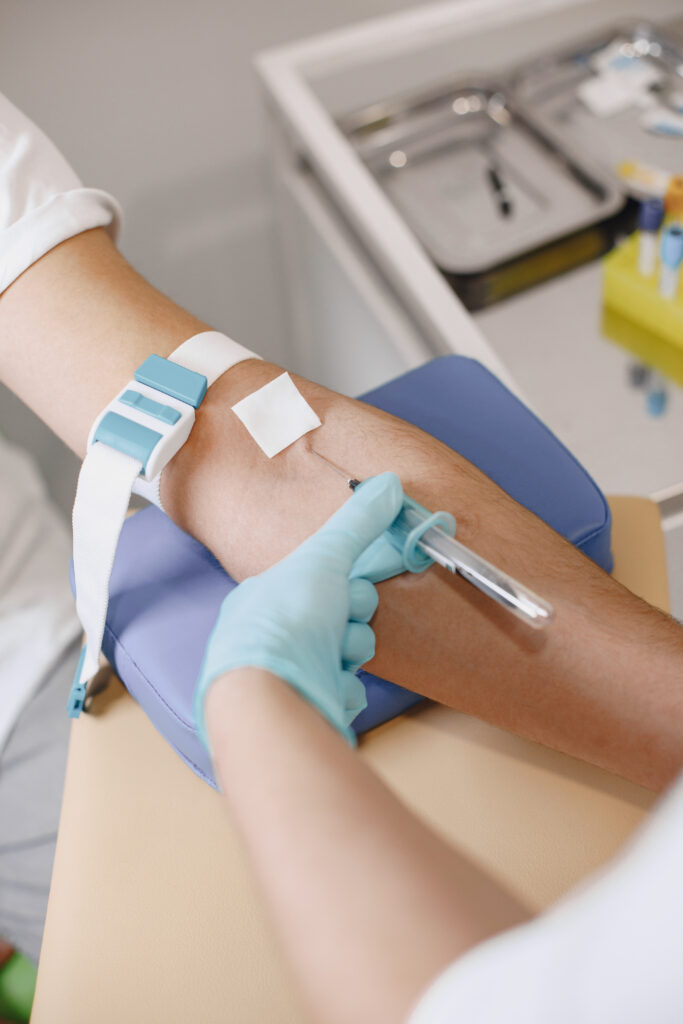
Treatment
Depends on your symptoms. Surgery to remove the gallbladder is a common, routine procedure, usually done laparoscopically. The indications for surgical removal are based on your symptoms, size of the stones, your other medical conditions and complications. Medications to dissolve stones are less common and work less effective and slow, they are usually reserved for patients who can not have a surgery.
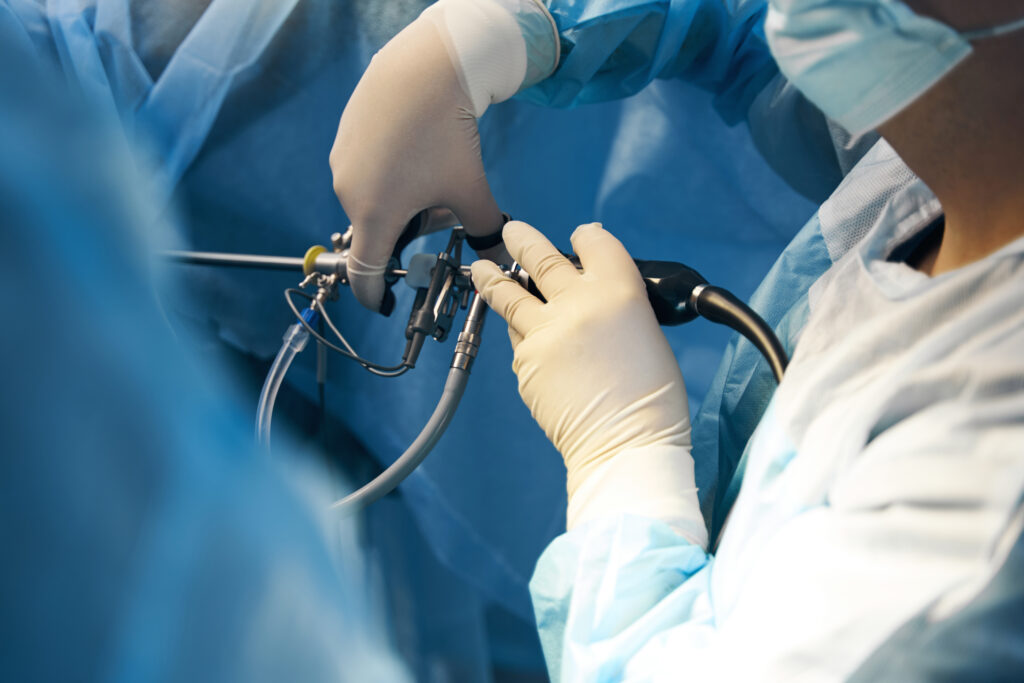
Remember, if you’re unsure or in pain, always seek professional advice. Your health matters!
Comments +